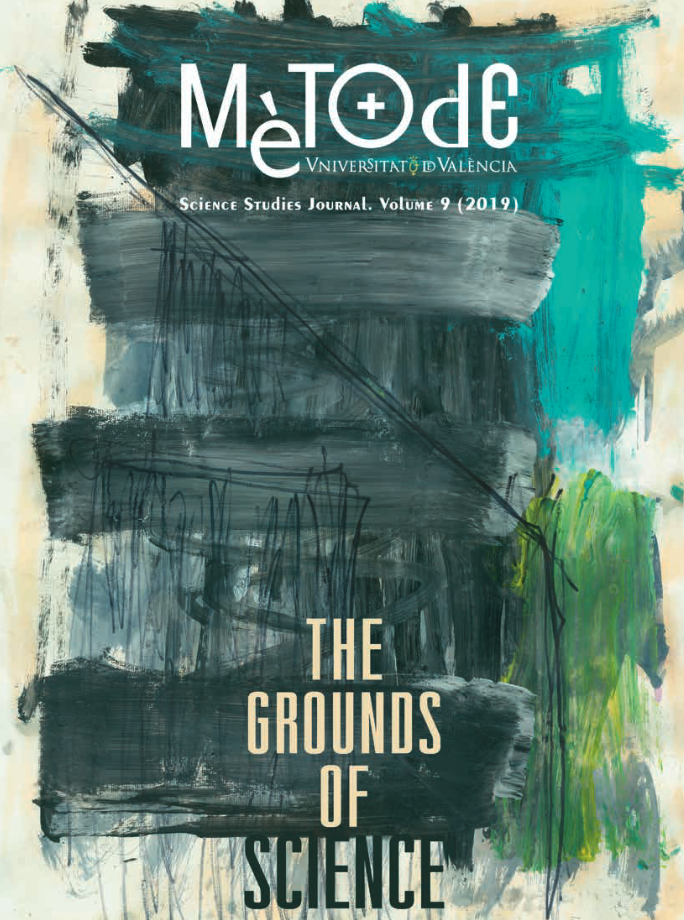Transparency is key: Communication in animal research
DOI:
https://doi.org/10.7203/metode.9.10288Keywords:
animal research, animal models, transparency, communication, public opinion Abstract
Abstract
The lack of information from institutions and organisations regarding the use of animals in scientific research produces a specialised communication niche which non-scientific groups have exploited to make public opinion sympathetic to them. Public opinion is linked to societal development. Lack of information leads to the creation of unfounded opinions that are alien to scientific and technological development and contribute to the progressive introduction of restrictive measures that are detrimental to scientific research and social development. Conversely, an informed society can and must participate in the development of responsible research that aligns inquiry and its potential benefits with the needs of society itself from the earliest research and development stages.
 Downloads
Downloads
 References
References
Cressey, D. (2011). Animal research: Battle scars. Nature, 470(7335), 452–453. doi: 10.1038/470452a
European Animal Research Association. (2016a). Statement in support of animal research in Belgium and a transparent approach. Retrieved on 3 June 2017 from http://eara.eu/en/21-belgian-research-organisations-unite-in-support-of-animal-research
European Animal Research Association. (2016b). Acuerdo de transparencia sobre el uso de animales en experimentación científica en España. Retrieved on 3 June 2017 from http://eara.eu/es/propuesta-cosce
European Commission. (2010). Eurobarometer. Science and Technology report. Retrieved on 3 June 2017 from http://ec.europa.eu/commfrontoffice/publicopinion/archives/ebs/ebs_340_en.pdf
European Directive 2010/63/UE, of 22 September 2010, on the protection of animals used for scientific purposes. (2010). Retrieved from https://www.boe.es/doue/2010/276/L00033-00079.pdf
Max Planck Society. (2017). White paper: Animal research in the Max Planck Society. Retrieved on 3 June 2017 from https://www.mpg.de/10882259/MPG_Whitepaper.pdf
Real Decreto 53/2013, de 1 de febrero, por el que se establecen las normas básicas aplicables para la protección de los animales utilizados en experimentación y otros fines científicos, incluyendo la docencia. (2013). Retrieved from https://www.boe.es/buscar/pdf/2013/BOE-A-2013-1337-consolidado.pdf
Understanding Animal Research. (2014). Concordat on openness on animal research in the UK. Retrieved on 3 June 2017 from http://concordatopenness.org.uk
Downloads
Published
How to Cite
-
Abstract4782
-
PDF859
Issue
Section
License
![]()
All the documents in the OJS platform are open access and property of their respective authors.
Authors publishing in the journal agree to the following terms:
- Authors keep the rights and guarantee Metode Science Studies Journal the right to be the first publication of the document, licensed under a Creative Commons Attribution-NonCommercial-NoDerivatives 4.0 International License that allows others to share the work with an acknowledgement of authorship and publication in the journal.
- Authors are allowed and encouraged to spread their work through electronic means using personal or institutional websites (institutional open archives, personal websites or professional and academic networks profiles) once the text has been published.





